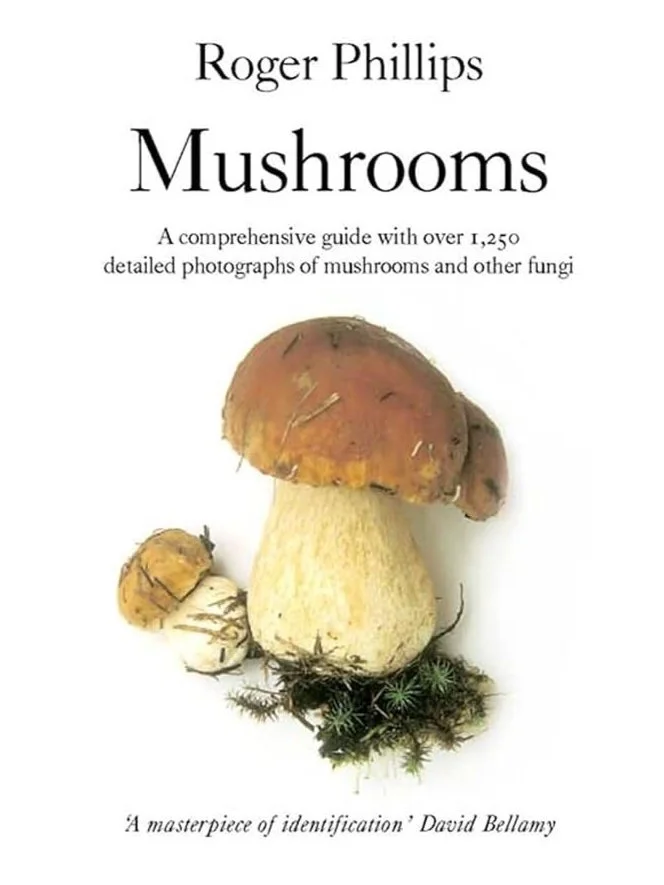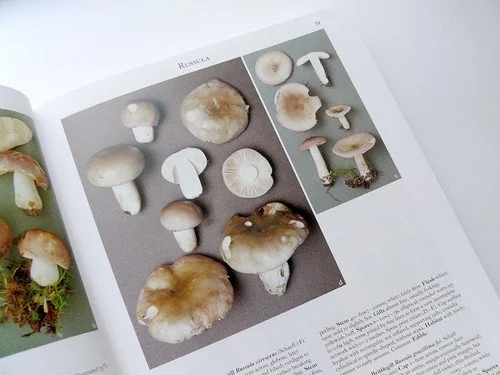To eat or not to eat, that is the question…
How to harvest with confidence, identify with care, and enjoy the fruits of your fungi!
There’s nothing quite like spotting the first flush of mushrooms on a log you inoculated months - or even years - ago. It’s exciting, rewarding, and (let’s be honest) a little nerve-wracking too. If you’ve ever asked yourself “Are these mushrooms safe to eat?” You’re not alone - and it’s exactly why we’ve written this.
If You Inoculated It – You Can Trust It
At Caley Brothers, we only supply edible mushroom log dowels and spawn:
Grey Oyster
White Oyster
Shiitake
Lion’s Mane
These are all delicious, commonly cultivated species with distinctive growing habits. If you’ve used one of our log kits and you’re seeing mushrooms that match the variety you inoculated, then yes - you should be good to go!
But what if they look a bit… different?
Mushrooms can vary slightly depending on:
Temperature
Moisture
Season
Log type
Light exposure
For example, Oyster mushrooms may appear more pale in summer or frillier after a rain spell - this is normal. If your mushrooms grow where you inoculated, have the same shape, colour and texture as expected, they are very likely your intended variety.
The golden rule of foraging still applies
We always say:
“If in doubt, leave it out.”
While it’s highly unlikely your logs will sprout wild imposters, it’s still possible. Cross-contamination from airborne spores is rare, but nature does what it does best: surprise us. That’s why you should:
Compare your mushrooms with photos from our packaging
Take a photo and check you field guide
Never eat a mushroom you're not confident identifying
We're always happy to help double-check for you!
Learning to Identify Mushrooms Is a Skill - and a Joy
One of the best parts of log growing is learning how mushrooms grow and change through the seasons. Pay attention to:
Cap colour and shape
Gills and stem structure
Where on the log they grow
You'll soon develop an eye for spotting what’s right - and what’s not.
How to Harvest
Once you’re confident, harvest is simple:
Snip at the base with clean scissors, or
Gently twist and pull at the base of the cluster
Your mushrooms will keep in the fridge in a paper bag for up to a week.
Always cook any mushrooms you harvest from the out doors.
Final Thoughts
Growing mushrooms on logs is a long-term, sustainable and beautiful way to produce food. If your mushrooms match what you inoculated - congratulations! You’ve grown something magical.
Need more help or want to compare photos?
Illustrations by @studio.storey and feature within the glossary of our book ‘Project Mushroom’.
Recommended Mushroom Books:
Roger Phillips: Mushrooms - excellent images and mushroom descriptions to help on all levels of identification.
The Caley Brothers: Project Mushrooms - a jargon free insight into growing and enjoying mushrooms.
If you have any questions or curiosities during your growing journey, be sure to explore our FAQs and troubleshooting blog. Each post offers insights into the fascinating world of mushroom growing - from the simplicity of our easy-grow kits to helpful advice when nature takes an unexpected turn.
We believe that understanding the basics not only helps you grow more successfully but also deepens your appreciation for the natural world. Growing mushrooms is as much about working with nature as it is about harvesting delicious results.
Happy growing
Ⓒ Caley Brothers 2025













